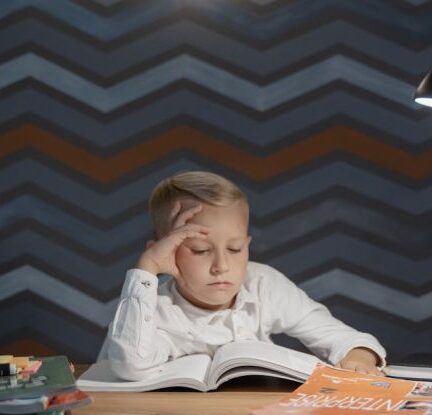In recent years, the rise of online learning platforms and the increasing availability of digital resources have sparked a debate on whether online learning can replace traditional classrooms. With the convenience of accessing education from anywhere with an internet connection, many are questioning if the traditional brick-and-mortar classroom will become a thing of the past. While online learning offers flexibility and accessibility, there are essential aspects of traditional classrooms that cannot be replicated in a virtual setting.
Flexibility and Accessibility of Online Learning
One of the key advantages of online learning is the flexibility it offers to students. With online courses, individuals can learn at their own pace and schedule, allowing them to balance education with other responsibilities such as work or family commitments. This flexibility has made education more accessible to a wider range of learners, including those who may not have the means to attend a physical classroom due to geographical constraints or other limitations.
Online learning also provides a level of convenience that traditional classrooms may not be able to match. Students can access course materials and participate in discussions from the comfort of their own homes, eliminating the need for commuting or adhering to strict class schedules. This convenience has been particularly beneficial during times of crisis, such as the COVID-19 pandemic, when traditional classrooms were forced to close, and online learning became the primary mode of education for many.
Interactive and Engaging Nature of Traditional Classrooms
While online learning offers flexibility and accessibility, traditional classrooms provide a level of interaction and engagement that is crucial for effective learning. In a physical classroom setting, students have the opportunity to engage in face-to-face discussions, ask questions in real-time, and participate in group activities that foster collaboration and critical thinking skills. The social aspect of traditional classrooms also plays a significant role in the learning process, allowing students to build relationships with their peers and instructors.
Moreover, traditional classrooms offer hands-on learning experiences that are difficult to replicate in an online setting. Science experiments, art projects, and other practical activities are essential components of many educational programs and require physical resources and specialized equipment that may not be readily available to online learners. The tactile experience of conducting experiments or working on projects in a physical classroom can enhance understanding and retention of complex concepts in ways that online simulations or virtual labs may not be able to achieve.
The Role of Teachers in Shaping the Learning Experience
Another critical aspect of traditional classrooms is the role of teachers in shaping the learning experience of students. In a physical classroom, instructors can provide immediate feedback, personalized guidance, and individualized support to students based on their unique learning needs. The presence of a knowledgeable and experienced teacher can motivate and inspire students, creating a conducive learning environment that promotes academic growth and success.
In contrast, online learning platforms often rely on automated systems and pre-recorded lectures, which may lack the personalized touch and human connection that teachers bring to the table. While online courses can be designed to be interactive and engaging, the absence of face-to-face interaction with instructors may pose challenges for some students, especially those who thrive on direct feedback and guidance from teachers.
Balancing the Benefits of Online Learning and Traditional Classrooms
In conclusion, while online learning offers undeniable benefits in terms of flexibility and accessibility, traditional classrooms provide a unique learning experience that cannot be easily replaced. Both modes of education have their strengths and limitations, and the key lies in finding a balance that leverages the advantages of each approach. By integrating elements of online learning with the interactive and engaging nature of traditional classrooms, educators can create a hybrid learning environment that maximizes the benefits of both worlds and caters to the diverse needs of students in the 21st century. Ultimately, the future of education may not be about replacing traditional classrooms with online learning but rather about harnessing the power of technology to enhance and complement traditional teaching methods for a more effective and inclusive educational experience.
